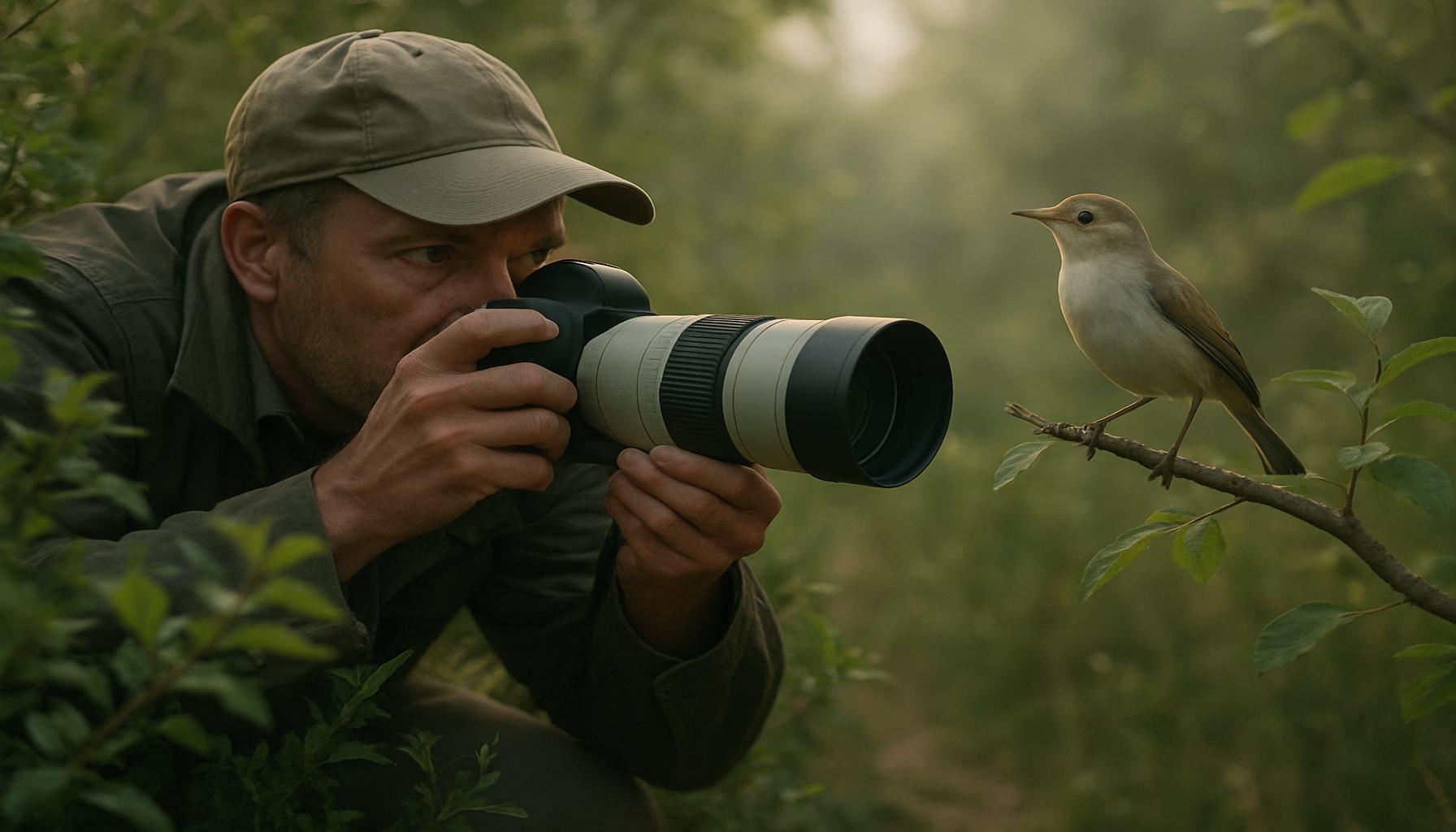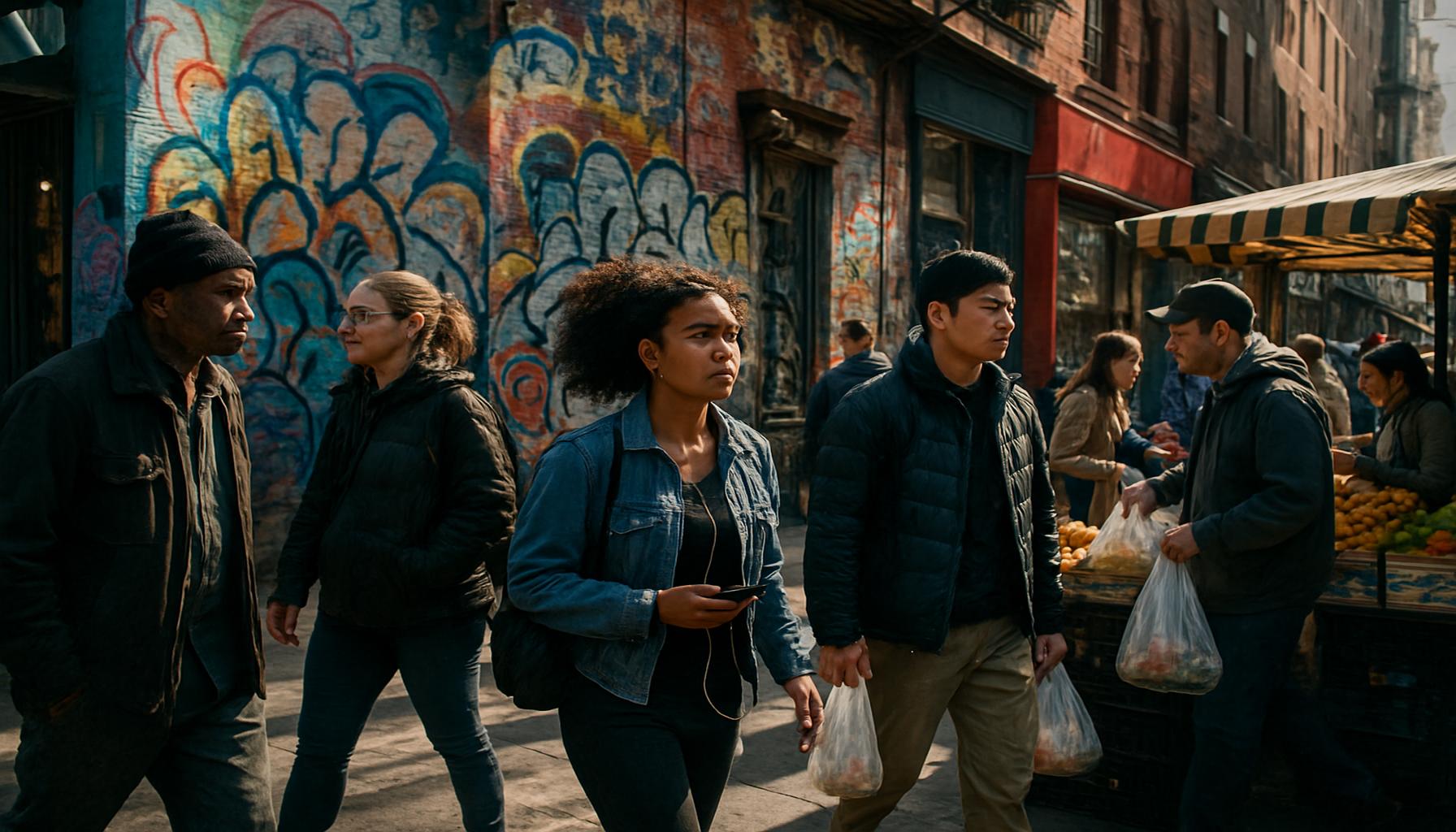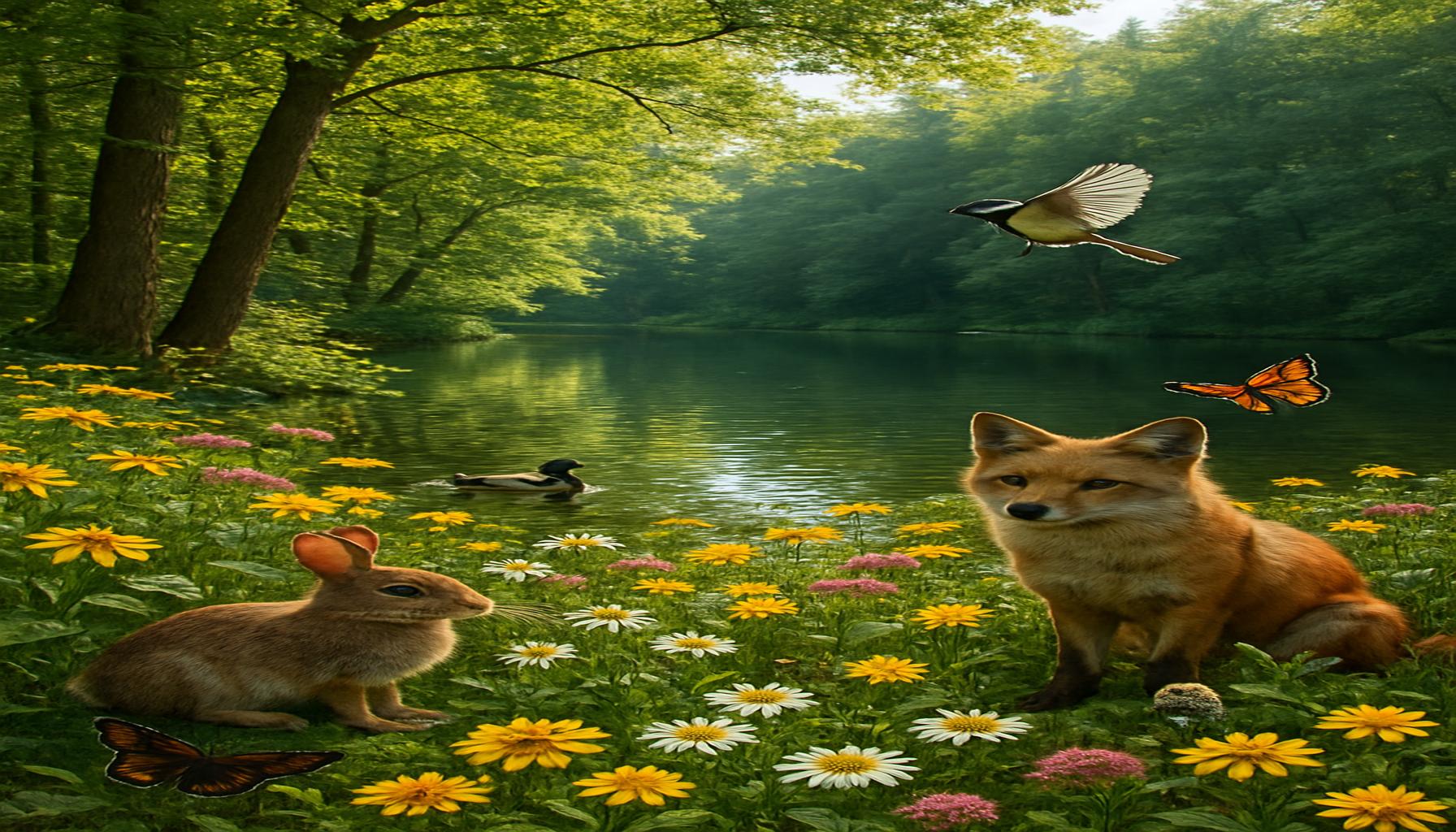Food Photography: The Art of Capturing Cuisine as a Visual Experience
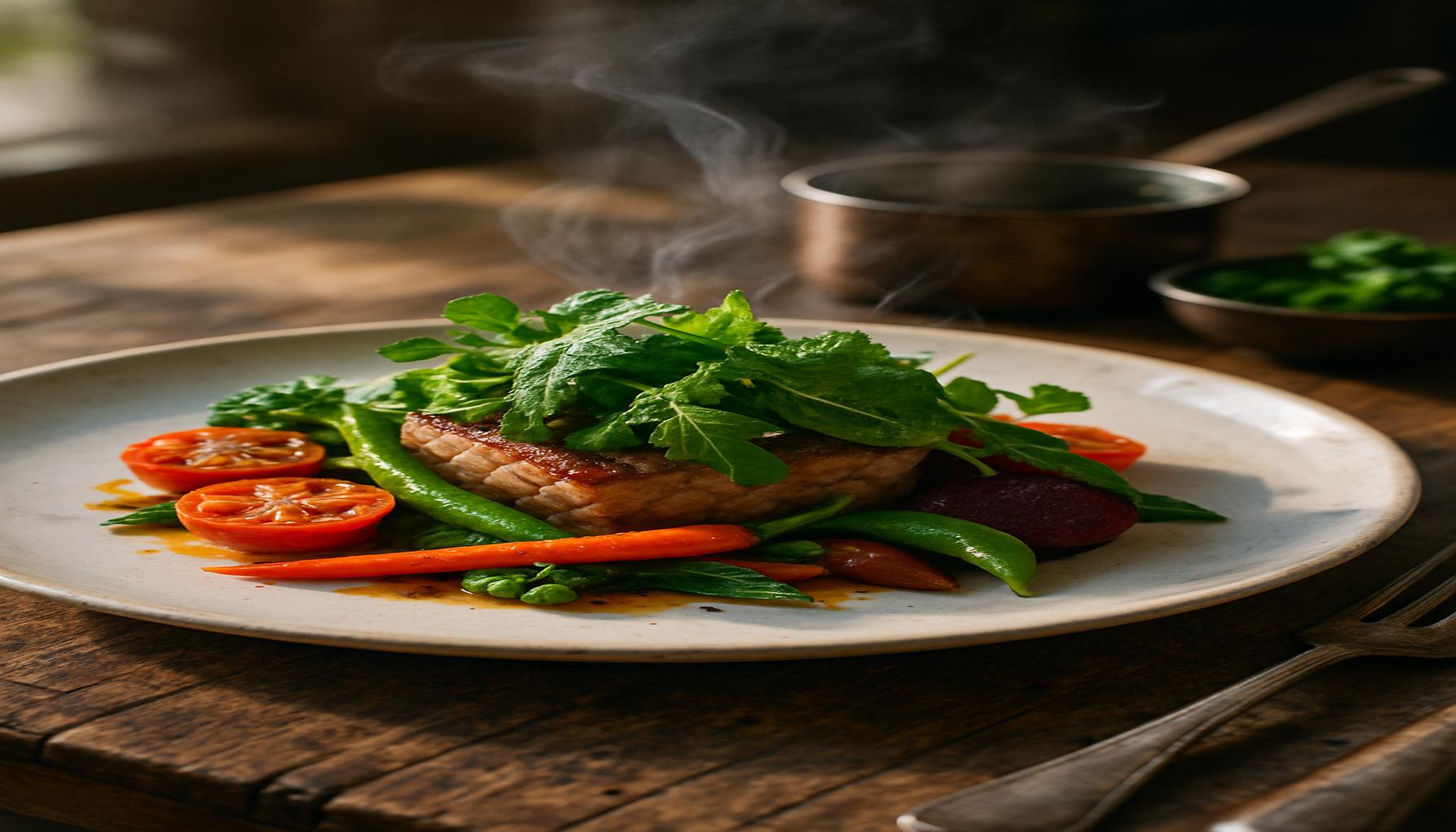
The Visual Appeal of Food Photography
In recent years, the art of food photography has gained immense popularity, serving as a crucial medium for chefs, restaurants, and food bloggers to engage with their audience. Stunning visuals can elevate dishes beyond mere sustenance, transforming them into works of art that tell stories and evoke emotions. Leveraging platforms like Instagram, Pinterest, and various dining applications, food photography establishes an ongoing dialogue about the culinary experience, influencing consumer choices long before they take the first bite.
Key Elements of Compelling Food Photography
Several essential elements make food photography stand out in a saturated marketplace:
- Lighting: Natural light is often seen as a photographer’s best friend. It casts a warm glow and enhances the color palette of dishes. For instance, shooting by a window during the golden hour, when sunlight is soft and diffused, can dramatically upgrade the visual quality of the food. Many professional photographers recommend avoiding harsh artificial lights, which can create unflattering shadows and distort colors.
- Composition: The arrangement of food elements plays a vital role in catching the viewer’s eye. Techniques such as the rule of thirds involve dividing the frame into a grid and placing the main subject along these lines. This method provides balance and draws attention to the focal point, whether it’s a decadent chocolate lava cake or a colorful salad bowl. Consider how different angles—overhead, eye level, or close-up—can shift the viewer’s perspective and enhance the dish’s allure.
- Props and Backgrounds: Incorporating props like utensils, fabrics, or decorative items can bring context to food images, evoking the essence of a meal’s cultural origins, occasion, or season. For example, a rustic wooden table can lend a homey feel to a Sunday brunch shot, while a sleek marble countertop can complement a modern gourmet dish.
The Importance of Skill and Creativity
As aspiring food photographers or culinary enthusiasts explore this dynamic field, mastering its intricacies becomes essential. It transcends mere documentation of meals; it is about crafting a visual story that resonates with an audience. Techniques such as using depth of field to blur the background or employing vibrant colors can lift mundane food presentations to a level that captivates and engages viewers.
With the proliferation of social media, where images are the lingua franca of communication, a strong portfolio of food photography is vital for both professional chefs and passionate home cooks. The ability to showcase their culinary creations attractively can lead to increased interest and interaction, whether it be buzz about a pop-up dinner or excitement surrounding a new recipe shared online.
Exploring Further
Join us as we delve deeper into the captivating world of food photography. We will examine practical tips, explore innovative techniques, and showcase inspiring examples that illuminate how to turn everyday dishes into extraordinary visual experiences. Discover how you can transform simple ingredients into an eye-catching spectacle that not only excites the palate but also enchants the viewer’s eye.
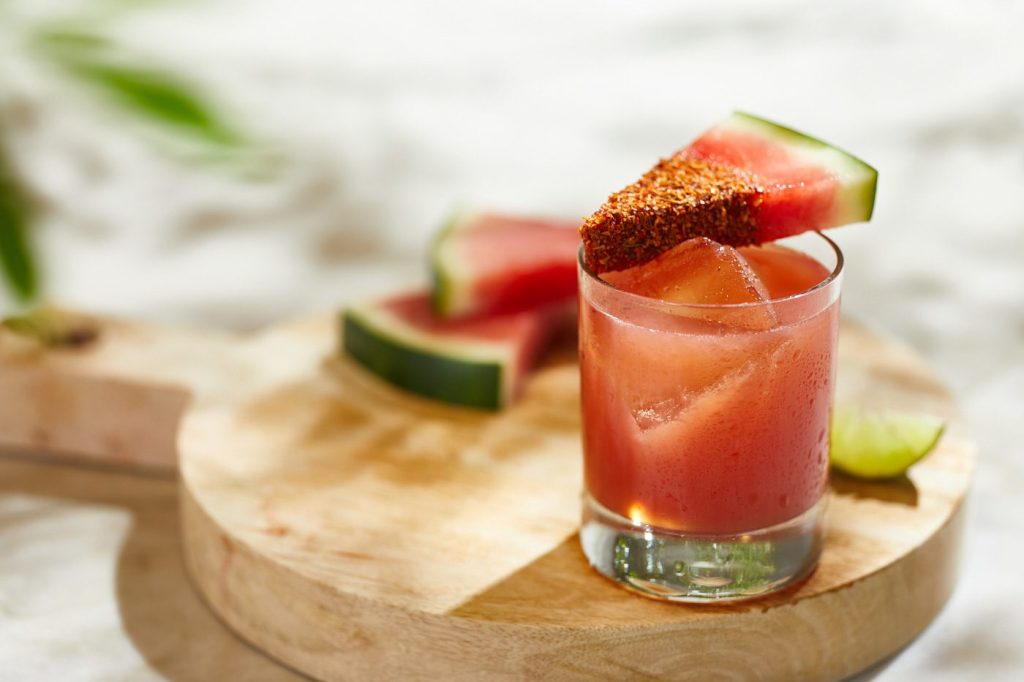
DIVE DEEPER: Click here to explore the evolution of musical instruments
Essential Techniques for Stunning Food Photography
To truly master food photography, one must delve into the key techniques that can elevate simple dishes into visual spectacles. Whether you are a professional photographer or an enthusiastic home cook eager to share your culinary creations on social media, understanding these fundamental aspects can make all the difference.
Color Harmony
Color plays a vital role in captivating the viewer’s attention. Choosing the right color scheme can enhance the visual appeal of your food photography. When selecting props, tableware, and backgrounds, consider how they complement the colors of the food. For instance, a vibrant, green salad can pop against a dark wooden table or a white plate, while a rich, red pasta dish might be best accentuated by earth tones. Using colors that complement each other not only draws viewers in but also evokes emotions and creates a connection to the dish. This technique is grounded in the principles of color theory, where contrasting or complementary colors can create striking visuals.
A great example of color harmony in food photography can be found in the use of neutral or muted backdrops when featuring colorful dishes. For instance, a white or light grey backdrop can allow a bright yellow curry dish to really shine, making those hot peppers and spices inviting for the viewer. Mixing props of varying shades—like placing bright orange apricots beside earthy brown ramekins—can drastically alter the dynamic of your shot.
Styling and Preparation
Prior to the shoot, it’s essential to thoughtfully prepare and style the food. Here are several styling tips to keep in mind:
- Fresh Ingredients: Use fresh, high-quality ingredients that look appealing. Wilted greens or dull colors can detract from the overall image quality. For example, bright red tomatoes with dewdrops can enhance the overall image, making it look more appetizing.
- Texture Variety: Incorporate elements with different textures—creamy sauces, crunchy toppings, or juicy garnishes. This complexity can create visual interest and convey taste through imagery. Adding herbs or microgreens can introduce freshness that contrasts beautifully with richer components.
- Layering: Building layers in your presentation can add depth. Consider stacking items or arranging them in an eye-catching manner to guide the viewer’s eye across the composition. For instance, layering ingredients in a burger shot not only showcases each component but also entices the viewer to imagine the flavors and textures of the dish.
The Role of Editing
Even the best shots can benefit from a careful round of editing. Utilizing software or apps like Adobe Lightroom or Snapseed allows photographers to enhance colors, adjust brightness and contrast, and fine-tune sharpness. It’s essential to maintain authenticity while editing; over-processing can lead to misleading images that do not represent the dish accurately. When editing, focus on enhancing the natural appeal of the food rather than transforming it into something unrecognizable. Tweaking the hue and saturation can emphasize fresh ingredients or highlight appealing details without straying too far from reality. Adjusting shadows and highlights can add a sense of depth, making the dish appear more three-dimensional and inviting.
Incorporating these techniques into your food photography practice will not only refine your skills but also attract a dedicated audience. As you delve deeper into the nuances of presenting cuisine visually, you will discover how to portray not just the meal but also the experience of dining itself. Emphasizing seasonal ingredients or local cooking styles can resonate well with your audience, particularly if your content reflects regional cuisine trends. In our next sections, we will explore the magic of creating mood and atmosphere that entices the viewer to savor the moment before even taking a bite, offering yet another layer to the art of food photography.
Exploring the Depths of Food Photography
Food photography is more than just a simple image of a dish; it is an evocative journey into the art of capturing flavors, textures, and the very essence of culinary creations. The visual presentation of food can make a powerful impact on perception and appetite, inviting viewers to savor the beauty of the ingredients and the creativity of the chef. Understanding this art form involves embracing various techniques and styles that enhance the overall experience.
The Role of Lighting
One pivotal aspect of food photography is lighting. Natural light, in particular, works wonders in revealing the honest colors and textures of the food. It can create a mood, enhance details, and add depth through shadows that lift ingredients off the plate. Using reflectors or diffusers can further manipulate light effectively, granting the photographer control over how the food appears in the final shot.
Composition Techniques
Composition also plays a crucial role. Adopting various angles, such as overhead or close-up shots, allows for the creation of engaging visuals that can tell a story. The rule of thirds is a popular technique where the frame is divided into thirds, helping to balance the composition visually. The placement of ingredients, props, and backgrounds can elevate the photography, making it not just a picture of food, but a piece of art that tempts the viewer’s senses.
Color Harmony and Contrast
Additionally, the harmony of colors is essential. Utilizing complementary colors can enhance the visual appeal of dishes, creating a feast for the eyes. The juxtaposition of vivid fruits against muted backdrops, or earthy tones, can transform a photograph into an inviting visual experience. Experimenting with props, plates, and linens contributes to the overall aesthetic, ensuring every element serves to accentuate the food.
| Advantages | Description |
|---|---|
| Visual Appeal | Captivates audience by showcasing dishes in a mouth-watering way, which can drive engagement and interest. |
| Storytelling | Creates narratives around cuisine, enticing viewers to connect emotionally with the food being presented. |
By mastering these aspects, one can elevate their food photography from simple snapshots to vibrant representations that communicate the artistry of cuisine. As the world becomes increasingly visual, honing these skills not only enhances personal projects but also opens professional pathways in food blogging, culinary arts, and marketing. Exploring the nuances of this craft can lead one to discover unique perspectives on the beautiful realm of food.
DIVE DEEPER: Click here to uncover the transformative power of creative hobbies
Creating Atmosphere: The Importance of Context in Food Photography
While techniques such as color harmony, styling, and editing are pivotal in food photography, the context in which the food is presented plays an equally significant role. Capturing the essence of a meal often transcends the actual items on the plate; it incorporates the environment, mood, and settings that elevate the viewer’s perception. A well-composed shot can transport the audience beyond the food itself, inviting them into a moment that encapsulates the art of dining.
Setting the Scene
The background and surrounding elements of a photograph can enhance the storytelling aspect of the dish. A beautifully set table adorned with soft linens, rustic cutlery, and flickering candles can evoke a sense of intimacy and warmth, drawing viewers into a cozy dinner experience. Conversely, a vibrant street food scene captured bustling with life can transmit energy and excitement—a celebration of shared culinary experiences. Consider the provenance of your food while styling; presenting dishes alongside the ingredients used in their preparation can emphasize authenticity and connection to the source. For example, a picturesque pie might be beautifully positioned alongside freshly picked berries and leafy greens, creating a story around farm-to-table cuisine.
Utilizing Natural Light
Lighting is another fundamental element that can enhance food photography dramatically. Natural light is ideal for showcasing the true colors and textures of food. The golden hour, just after sunrise or before sunset, offers a soft, warm light that can impart a ethereal quality to your culinary creations. Using diffusers to soften harsh sunlight can also be effective in preventing unflattering shadows and glare. For indoor shots, positioning your setup near a window can create an inviting atmosphere. Additionally, experimenting with shadows can add depth and intrigue to your images; shadows can create a sense of layers that compel viewers to explore each element of the dish.
Incorporating Lifestyle Elements
A significant trend in contemporary food photography is the seamless incorporation of lifestyle elements. Images that include hands reaching for a dish or an outstretched fork can humanize the food and create an emotional connection with the viewer. It invites them to imagine themselves in that moment, savoring the flavors alongside others. Capturing the texture of a slice being pulled from a loaf of freshly baked bread or a close-up of a spoonful of creamy risotto can convey deliciousness in a way that excites and engages. Emphasizing these elements provides context and elevates the food from mere sustenance to an experience.
Cultural Influences
The artistry of food photography can also be informed by cultural influences. Each cuisine has its narrative, rooted in the traditions and stories of people and places. Capturing dishes in a way that reflects cultural significance can be profound and appreciated by diverse audiences. For instance, photographing a traditional Italian feasting table adorned with handmade pasta, seasonal produce, and family-style dishes can evoke nostalgia and celebration that resonates with viewers. By paying homage to the origins of the cuisine, photographers not only honor the dish but also invite viewers into that narrative, enriching their visual experience.
By focusing on the context and atmosphere surrounding the food, photographers can craft compelling stories that go beyond the plate, engaging viewers both visually and emotionally. As you continue to explore the dynamic world of food photography, remember that each image has the potential to capture not just a moment of dining, but the pulse of culture, community, and connection that food embodies.
DIVE DEEPER: Click here to discover your artistic side
Conclusion: The Visual Feast of Food Photography
In conclusion, the art of food photography is a multifaceted discipline that extends far beyond simply capturing images of dishes. Whether through a careful arrangement of elements or the deliberate use of lighting, each photograph is an opportunity to tell a rich story about flavors, cultures, and shared experiences. By setting the right atmosphere, photographers can create an emotional landscape that invites viewers to share in the joy of dining. From the intimate settings of a candlelit dinner to the vibrant energy of a bustling food market, the context in which food is photographed can significantly enhance the viewer’s experience.
Moreover, incorporating lifestyle elements and cultural influences adds depth to food photography, connecting individuals not just to the cuisine but also to the stories behind it. This is particularly relevant in a diverse country like the United States, where culinary traditions vary widely across regions and communities. As a photographer, understanding the cultural significance of various dishes and presenting them in an authentic light allows for a greater appreciation from audiences.
As you explore this dynamic realm, remember that successful food photography is about evoking an emotional response, allowing viewers to not just see but also feel the culinary experience. With each snapshot, you have the power to awaken appetites and inspire culinary curiosity. So, step into the world of food photography with creativity and intention, transforming everyday meals into visual feasts that resonate with hearts and tastebuds alike.
